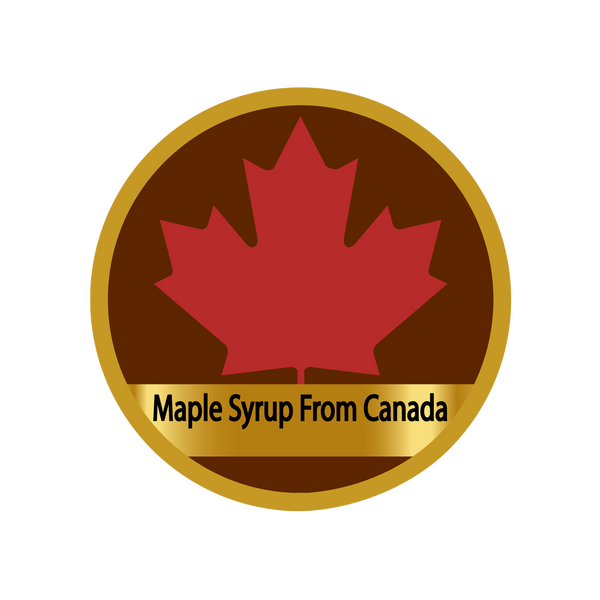Maple syrup and its derivative products, such as maple butter, maple taffy, and maple sugar, are beloved for their unique flavors and natural sweetness. This article outlines the average sugar content of maple sap, the final sugar content of various maple products, and explains how these products are created by adjusting the boiling time of maple syrup.
1. Maple Sap
- Average Sugar Content: Maple sap typically contains about 2-3% sugar.
- Process: Collected from sugar maple trees, the sap is clear and slightly sweet. It requires significant reduction through boiling to increase its sugar concentration.
2. Maple Syrup
- Final Sugar Content: Maple syrup contains about 66-67% sugar.
- Process: Boiling maple sap concentrates the sugars. It takes approximately 40 gallons of sap to produce one gallon of maple syrup. The boiling process removes water, increasing the sugar content to the desired level.
3. Maple Butter (Maple Cream)
- Final Sugar Content: Maple butter has a sugar content of about 70-75%.
- Process: Maple syrup is heated to about 234°F (112°C) and then rapidly cooled and stirred to create a creamy, spreadable texture. It’s essential to avoid crystallization by controlling the cooling and stirring process.
4. Maple Taffy
- Final Sugar Content: Maple taffy typically contains around 88% sugar.
- Process: Boiling maple syrup to a temperature of about 235-240°F (113-116°C) creates maple taffy. The syrup is poured onto snow or ice to cool it rapidly, resulting in a thick, chewy candy.
5. Maple Sugar
- Final Sugar Content: Maple sugar contains nearly 100% sugar.
- Process: To make maple sugar, maple syrup is boiled to a higher temperature (about 252°F or 122°C) until nearly all the water evaporates. The concentrated syrup is then stirred or poured into molds to crystallize into sugar.
Boiling and Sugar Content
The primary factor that differentiates these maple products is the extent to which the maple syrup is boiled:
- Short Boiling: Results in products like maple butter, which is still semi-liquid with a slightly higher sugar content than syrup.
- Moderate Boiling: Produces maple taffy, which is thicker and more solid due to higher sugar concentration.
- Extended Boiling: Yields maple sugar, where almost all water is evaporated, leaving behind solid sugar crystals.
6. Maple Lollipops
- Final Sugar Content: Maple lollipops generally contain around 85-90% sugar.
- Process: Maple syrup is boiled to approximately 300°F (149°C) until it reaches the hard crack stage. The hot syrup is then poured into lollipop molds and allowed to cool and harden. Once set, lollipop sticks are inserted to create the finished product.
Instructions:
- Heat the Syrup: Pour maple syrup into a heavy saucepan and bring to a boil over medium heat.
- Monitor the Temperature: Use a candy thermometer to monitor the syrup. Heat it to 300°F (149°C).
- Pour into Molds: Once the syrup reaches the desired temperature, carefully pour it into lollipop molds.
- Insert Sticks: While the syrup is still hot and liquid, insert lollipop sticks into each mold.
- Cool and Set: Allow the lollipops to cool completely until they harden.
- Remove from Molds: Once cooled, remove the lollipops from the molds and enjoy.
Conclusion
All these delightful maple products start from the same raw ingredient—maple sap. By simply adjusting the boiling time and temperature, producers can create a variety of products with different textures and sugar concentrations, all bursting with the rich, natural flavor of maple.

